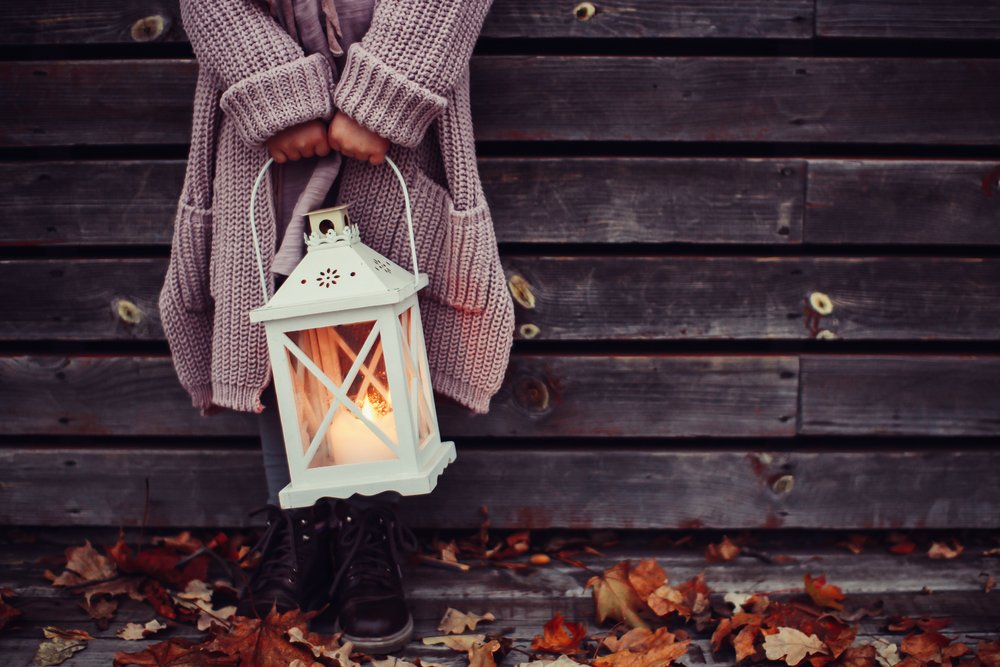Winter.
Each year it surprises me.
I notice myself thinking, “the cold won’t be that bad! And actually, I’m looking forward to comfy layers and slowing down for a few months.”
Which is true! Late fall and winter certainly have their upsides.
At the same time, the reduction in light and temperature can also take an emotional and physical toll. If you’re like me and notice that the change in season has an adverse effect on your mood, try making a Cope Ahead plan to be better prepared for the shift.

Step #1 – Describe the situation, check the facts, and name the emotions that may come up.
In this case, the situation is the decrease in temperature and the decrease in daylight. The days are getting shorter and will continue to do so until the Winter Solstice in December.
Historically the emotions this change brings up for me are feelings of sadness and demotivation resulting in me moving my body less, engaging less with my hobbies, sleeping more. All I want to do is sleep and snuggle with my cat, Sol. I often end up isolating myself from friends, family, and hobbies that I usually enjoy. This brings my mood even lower, and I feel like I fall out of connection with myself and my Life Worth Living goals.
This is a major vulnerability factor for me, should anything stressful occur during the winter months.
Step #2: Decide what coping skills to use and be specific!
First up, I’m going to use my Observe and Describe skills paired with self-validation! I need to be mindfully aware and accepting of my feelings and behaviors if I ever hope to change them.
Then, I’ll use Opposite Action. I’ll take a look at my action urges (stop moving, curl up in a blanket burrito, and nap) and do the opposite. I’ll keep moving, stretch out, and stay active and engaged. The theme of my opposite action is to keep participating, rather than checking out.
Finally, I’ll use Building Mastery. I’ll make a commitment with myself to dance to at least one song every day as well as to engage in a creative project each weekend.
Step #3 – Imagine yourself in the situation.
Imagining the real life situation in which we’ll be practicing helps us to stay realistic in our skill use.
I take a few moments to mentally immerse myself in the situation. In my head it’s early December. I can see myself waking up late on the weekend, feeling tired and slow. I can see myself considering staying in bed all day watching my favorite shows (I’m looking at you, Mad Men) again and again. The bed is warm and snuggly and the house is chilly. My cat is curled in the crook of my knee…
Step #4 – Rehearse
Rehearsing is essential in the cope ahead process because it gives us the mental experience of using skills effectively! Think of it this way, if you consistently imagine yourself staying in bed and re-watching TV to cope, what are the odds that you’ll ever do something differently?
Pretty low!
If you can thoroughly imagine yourself using skills in your mind, the chance of you using them in real life goes up significantly.
In my head, I observe and describe my behaviors,
“It’s 11am you’re you’re lying in bed. You’re watching a show you’ve seen twice before. Your energy levels are low and you’re not even enjoying the plot.”
I imagine validating myself. “I know you’re feeling tired and pretty glum, and that makes sense! It’s chilly and dark out right now, who’s going to feel excited and energetic? At the same time, let’s do something that’s really going to make you feel better.”
Next, I imagine myself using Opposite Action and pulling myself out of bed, jumping up and down a couple of times to get my blood pumping and to keep myself warm. I put on a couple extra layers of clothes, then I hop down the stairs and put water on for tea. While I wait I find a new song I haven’t danced to yet and challenge myself to improvise for the whole 4 minutes to build mastery in my dance moves and to continue to wake my body up.
After I finish my tea and breakfast, I imagine I’ll have a hard time standing back up again, noticing urges to curl up and lie back down. I continue to use Opposite Action by jumping up and doing a couple of squats before moving on to the next activity of the day- a painting or home improvement project.
Step #5 – Relax!
When I’m all done imagining and rehearsing (which can be so exhausting!) I take a moment to relax.
For me, that means sipping a cup of tea while connecting with all my senses. I smell the warm vapors as they rise, I feel the warm mug on my fingers and palms, I taste the tea itself.
This brings me right back to the present moment and I can relish the feeling that I’ve prepared as best I can for the future.




